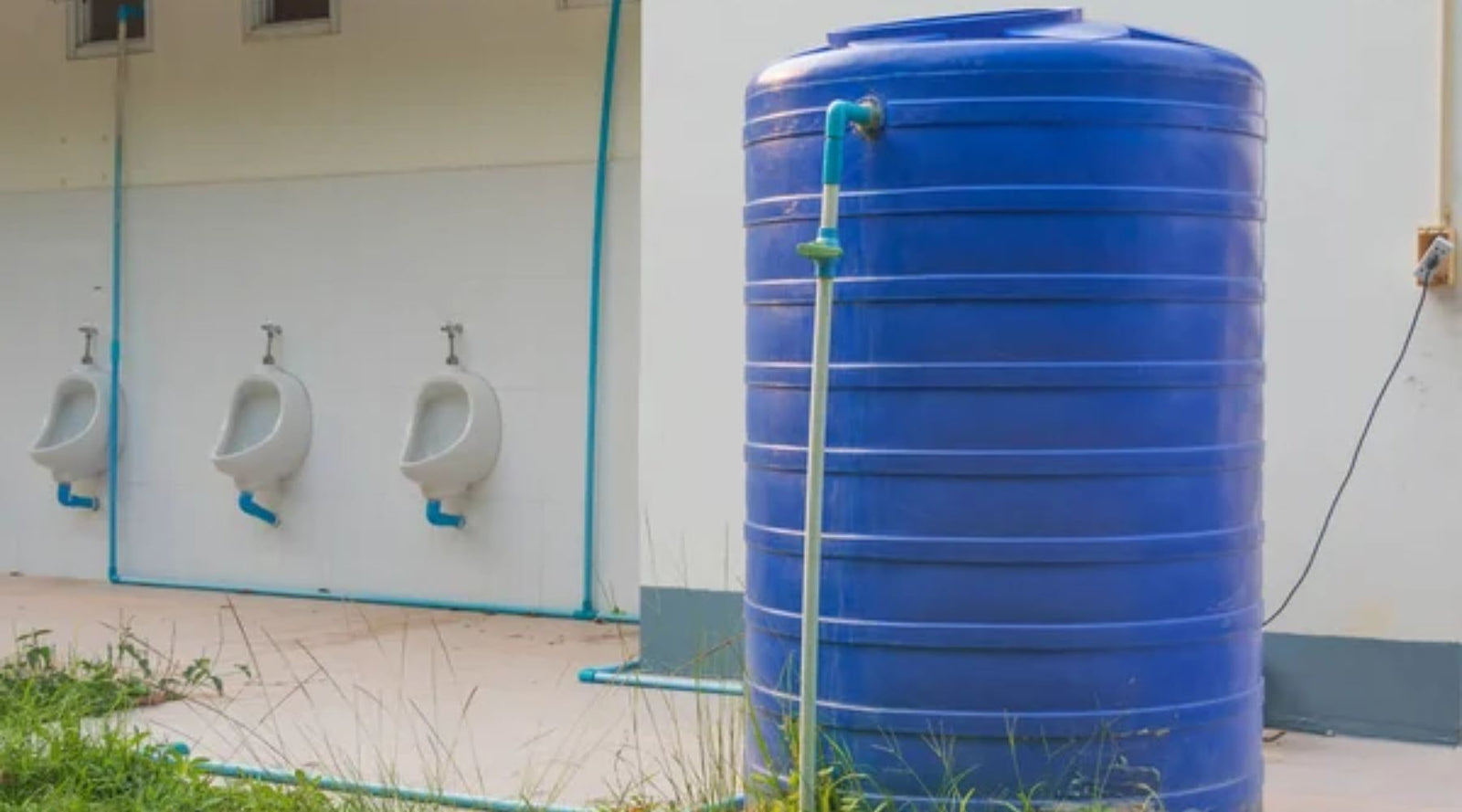Your Cart is Empty
CYBER MONDAY SALE ENDS THIS WEEK I 20% OFF STOREWIDE
Menu

Have a question? Call us 7 days a week!
CYBER MONDAY SALE ENDS THIS WEEK I 20% OFF STOREWIDE
Retention Tank vs. Pressure Tank - Understanding the Differences
July 31, 2024 3 min read

Retention Tank vs. Pressure Tank - What are they used for?
In the market of water filtration and storage, two commonly discussed components are retention tanks and pressure tanks, both of which are types of water tanks. While both play vital roles in maintaining an efficient water system, they serve distinct purposes and operate in different ways. In this blog post, we will explore the key differences between retention tanks and pressure tanks, helping you understand their unique functions and applications.

What is a Retention Tank?
A retention tank, also known as a holding tank, is a type of storage tank designed to temporarily store water to allow adequate contact time with disinfectants or treatments. This ensures that contaminants such as bacteria and viruses are effectively neutralized before the water continues through the filtration system. Retention tanks are commonly used in both residential and commercial water treatment systems to enhance water quality and ensure safety.

What is a Pressure Tank?
A pressure tank, on the other hand, is a component used in water supply systems to maintain consistent water pressure. It stores pressurized water, often using a bladder tank, which is then delivered to the plumbing system as needed. A pressure switch is used to control the operation of the well pump, ensuring that the bladder tank maintains consistent water pressure. Pressure tanks are typically used in well water systems, where they help to regulate water pressure, reduce pump cycling, and ensure a steady flow of water to the taps.

What are Retention Tanks and Pressure Tanks Used For?
Purpose:
-
Retention Tank: The primary purpose of a retention tank is to provide contact time for water treatment processes. It ensures that disinfectants have enough time to work on contaminants, improving water quality.
-
Pressure Tank: A pressure tank is designed to maintain consistent water pressure in a plumbing system. It stores water under pressure, reducing the workload on the pump and ensuring a smooth flow of water.
-
Retention Tank: Water enters the retention tank and is held for a specified period to allow treatment chemicals to neutralize contaminants. After this period, the treated water continues through the filtration system.
-
Pressure Tank: A pressure tank operates by using air pressure to push water into the plumbing system. When water is drawn from the tank, the pressure decreases, triggering the pump to refill the tank and restore pressure. A check valve is often used in conjunction with the pressure tank to prevent backflow and maintain water pressure.
-
Retention Tank: Commonly used in water filtration systems where disinfectants or treatments require contact time. Ideal for systems treating water with high bacterial or viral contamination.
-
Pressure Tank: Essential in well water systems to regulate water pressure, reduce pump cycling, and ensure a consistent water supply to the home. The well pump works in tandem with the pressure tank to supply water and maintain pressure, reducing the frequency of pump cycling.
-
Retention Tank: Typically constructed from durable materials like plastic, fiberglass, or stainless steel, designed to withstand the volume and pressure of stored water.
-
Pressure Tank: Constructed with a diaphragm or bladder inside a steel or composite shell, bladder tanks allow it to hold and release pressurized water efficiently. The rubber bladder inside the tank holds pressurized air, which helps in delivering water to the plumbing system.
Choosing the Right Tank for Your Needs
Understanding the specific needs of your water system is crucial in determining whether a retention tank or a pressure tank is the right choice for you. If your primary concern is improving water quality and ensuring adequate disinfection, a retention tank is likely the better option for your home's water supply. Storage tanks, including retention and pressure tanks, play crucial roles in different water systems.
Conversely, if maintaining consistent water pressure and reducing pump wear are your main goals, a pressure tank would be more suitable. Retention tanks are particularly effective for water storage in systems that require extended contact time for treatment. Pressure tanks, on the other hand, are efficient water storage tanks that help maintain consistent water pressure and reduce pump wear.

Wrap-Up
Both retention tanks and pressure tanks are essential components in different types of water systems, each serving a unique purpose. By understanding the differences between these tanks, you can make an informed decision that best meets your water treatment and supply needs.
At Aqua Home Supply, we offer a wide range of water filtration and storage solutions, including both retention and pressure tanks. Our experts are here to help you choose the right components for your system, ensuring you have access to clean, safe, and reliable water. Contact us today to learn more about our products and services.
Did We Miss Anything? Feel Free to Leave a Comment with Your Feedback Below!
Leave a comment
Comments will be approved before showing up.
